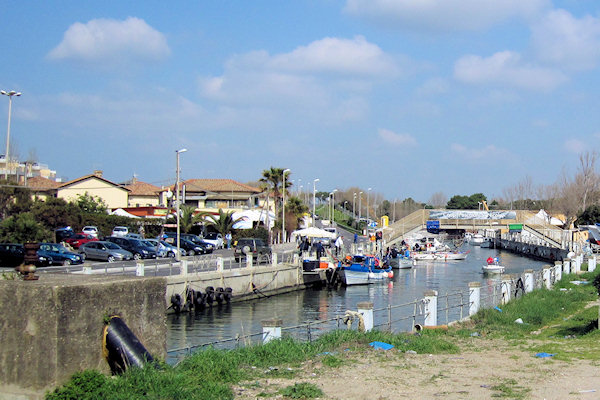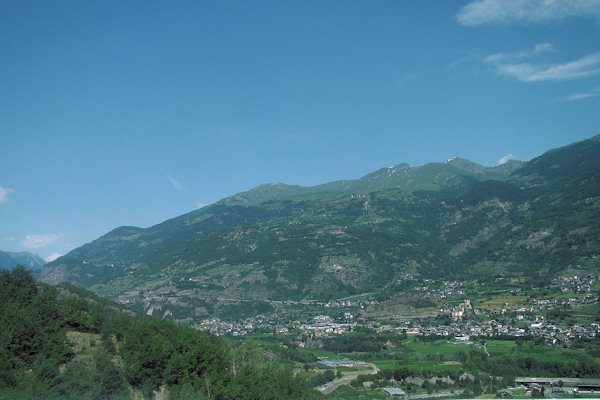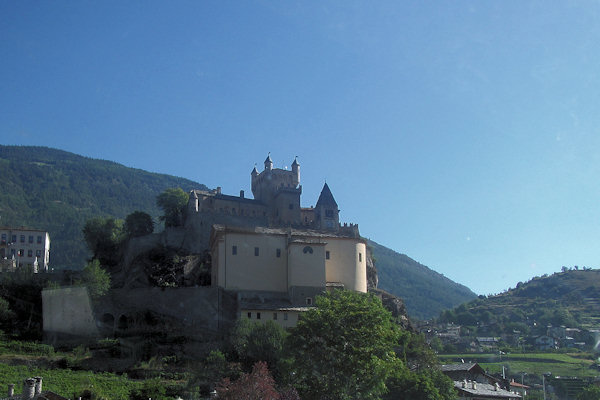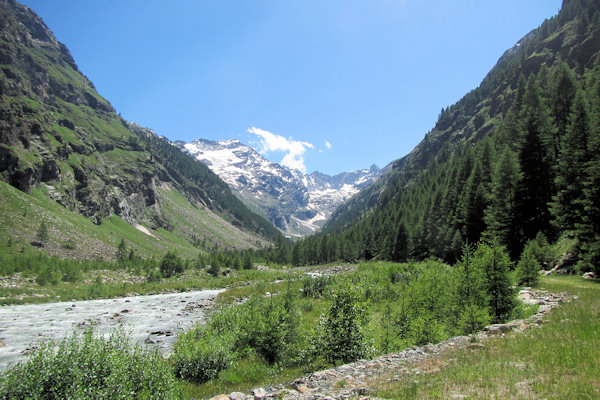Italy
Things to DO
Ostia
 |
|||||
Ostia is a large neighbourhood of the comune of Rome
The neighbourhood was founded in 1884, after the reclaiming of the nearby marshland (the pond of Ostia),
which was infested by malaria.
The first inhabitants were peasants coming from Ravenna, in Romagna. Thanks to the opening of the urban
Roma-Ostia railway in 1924, the new village became soon the favourite sea resort of the Romans, while many
Art Nouveau houses were built on the waterfront.
The building of the Leonardo da Vinci Airport in Fiumicino (Roma) in 1956 made Ostia an attractive
district for airport and airline workers.
Vall d'Aosta
The Val d’Aosta occupies the northwest corner of Italy and shares borders with Switzerland to the north and France to the west.
The Aosta Valley is an Alpine valley which with its tributary valleys
 |
|||||
includes the Italian slopes of Mont Blanc, Monte Rosa, Gran Paradiso
and the Matterhorn. Covering an area of 3,263 km2 and with a population of about 128.000 it is the smallest, least populous, and least
densely populated region of Italy.
The first inhabitants of the Aosta Valley were Celts and Ligures, whose language heritage remains in some local
placenames.
Rome conquered the region from the local Salassi around 25 BC and founded Augusta Prætoria Salassorum to secure the strategic
mountain passes, and they went on to build bridges and roads through the mountains. Thus, the name Valle d'Aosta literally means
"Valley of Augustus"
In 1031–1032, Humbert I of Savoy, received the title Count of Aosta from Emperor Conrad II built himself a commanding fortification
at Bard.
In the mid-13th century, Emperor Frederick II made the County of Aosta a duchy, and its arms charged with a lion rampant were carried
in the Savoy arms until the reunification of Italy in 1870.
 |
|||||
Saint-Pierre Castle
The first records of the castle date from the late 12th century and it is thought that is when the castle was first constructed.
A family of local nobility (House of Roncas) purchased the castle in the 17th century and it was that family that expanded the castle
into a large fortified residence.
Thereafter, the castle fell into disrepair until its purchase by baron Emanuele Bollati in the 1870s. He renovated the castle and
modernised many of its features.
Castle of the Lords of Avise
The castle was built in 1492 by Boniface d'Avise and was long in the hands of the family. More than a castle, it is a fortified house to which a square tower was placed, slightly higher than the rest of the building.
Pont d'Aël
It was built in the year 3 BC for irrigation purposes and supplying water for the newly founded colony of Augusta Praetoria.
The water was directed through a neighbouring valley 66 m above the floor of the Aosta valley, through a sophisticated system.
 |
|||||
Gran Paradiso National Park
The park covers an area of 70.000 hectares, in a high mountainous area, between the 800 m at the bottom of the valley and the 4.061 m of
mount Gran Paradiso.
The history of the park is closely linked to the protection of the Alpine Ibex. In 1856, king Vittorio Emanuele II had
already declared these mountains a Royal Hunting Reserve and in this way he saved the ibex from extinction.
The park's woods are important because they provide shelter for a large number of animals. They are a natural defence against landslides,
avalanches, and flooding.
The wildflowers in the park's high meadows include wild pansies, gentians, martagon lilies, and alpenroses.
There are more than 100 bird species and the park supports many species of butterflies including apollos, peak whites, and southern
white admirals.